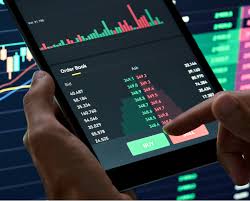
Mastering the Markets: Essential Crypto Trading Technical Tools
In the ever-evolving realm of cryptocurrency trading, having the right tools at your disposal can significantly enhance your trading experience and improve your chances of success. The volatility of digital currencies presents both opportunities and risks, and utilizing effective technical tools is essential for navigating this dynamic landscape. In this article, we will explore various technical tools that every crypto trader should consider integrating into their trading strategies. By leveraging these tools, whether you are a novice or an experienced trader, you can better analyze market trends and make informed decisions. For a deeper understanding of financial strategies, Crypto Trading Technical Tools click here to gain valuable insights.
1. Charting Software
Charting software serves as the backbone of technical analysis in crypto trading. These platforms allow traders to visualize price movements over time, aiding in the identification of trends and patterns. Popular charting software options, such as TradingView, Coinigy, and CryptoCompare, provide traders with the tools to create custom charts, apply technical indicators, and analyze multiple cryptocurrency pairs simultaneously. With features like candlestick charts, line charts, and volume indicators, charting software helps traders dissect market data and develop proactive trading strategies.
2. Technical Indicators
Technical indicators are mathematical calculations based on price, volume, or open interest data. They are instrumental in assisting traders to make predictions about future price movements. Some widely used technical indicators include:

- Moving Averages (MA): This indicator smooths out price data to create a trend-following indicator that identifies the direction of the trend.
- Relative Strength Index (RSI): The RSI measures the speed and change of price movements, helping traders identify overbought or oversold conditions.
- Bollinger Bands: This volatility indicator consists of a moving average and two standard deviation lines, providing insights into price levels relative to historical volatility.
Incorporating these indicators into your trading strategy can help you make more informed buy or sell decisions based on market conditions.
3. Portfolio Management Tools
As traders build their cryptocurrency portfolios, tracking gains, losses, and overall performance becomes vital. Portfolio management tools like Blockfolio, Delta, and CoinTracking allow users to monitor their cryptocurrency investments in real-time. These tools provide comprehensive dashboards where traders can see the performance of their holdings, set alerts for price changes, and assess overall profitability. By leveraging these tools, traders can make data-driven decisions about when to buy, sell, or hold their assets.
4. Risk Management Software
Crypto trading is inherently risky, and understanding how to manage this risk is crucial for long-term success. Risk management software assists traders in determining their risk tolerance and setting appropriate stop-loss orders. Tools like ShrinkMyPortfolio and Risk Reward Ratio Calculator help traders assess potential losses and gains before executing trades. By implementing strict risk management protocols, traders can protect their capital and make more calculated trading choices.
5. Automated Trading Bots
For those who cannot devote hours upon hours to monitoring the markets, automated trading bots offer a viable solution. These bots utilize algorithms to execute trades based on predetermined criteria, minimizing emotional decision-making. Platforms such as 3Commas, Cryptohopper, and HaasOnline have become increasingly popular among traders looking to automate their strategies. Bots can be programmed to execute trades at specific price points, set trailing stops, and even perform arbitrage, allowing traders to take advantage of market inefficiencies.

6. Market Sentiment Analysis Tools
Understanding market sentiment can provide insight into potential price movements. Market sentiment analysis tools aggregate data from news articles, social media, and forums to gauge public opinion about specific cryptocurrencies or the market as a whole. Resources like Santiment and The TIE interpret sentiment data and present actionable insights that traders can use to inform their strategies. Staying attuned to market sentiment can be especially crucial during volatile periods.
7. Backtesting Software
Before committing real capital to a trading strategy, backtesting software enables traders to evaluate how their strategy would have performed in the past based on historical data. Programs such as TradingView and Backtrader allow users to test their strategies and tweak parameters to enhance performance. Backtesting can uncover strengths and weaknesses in a trading strategy, giving traders the confidence to enter positions based on data rather than instinct.
8. News Aggregators
In the fast-paced world of crypto, staying updated with news and developments is critical. News aggregators like CoinDesk, CoinTelegraph, and CryptoSlate curate the latest news articles, market analyses, and insights from industry experts. These platforms ensure traders receive timely information that can impact the markets, enabling them to make more informed trading decisions.
Conclusion
In conclusion, utilizing the right technical tools can significantly optimize your crypto trading experience. From charting software and technical indicators to portfolio management and risk management tools, each plays a pivotal role in constructing an effective trading strategy. As you navigate the complexities of cryptocurrency markets, ensure you equip yourself with the necessary technical tools to enhance your decision-making process. Regardless of your experience level, taking the time to integrate these tools into your trading routine can pay dividends in your overall performance.
